Material Recovery Plan Upgrade
Location
Smithfield, NSW
Mincka was commissioned to analyse and certify the structural upgrade of a material recovery plant, Smithfield, Australia. Mincka conducted an optimization process and provided a structural report in order to certify the structure. The insights provided by Mincka helped the client reduce costs, address the physical constraints inherent in this project and ensure the proper and safe operation of the structure.
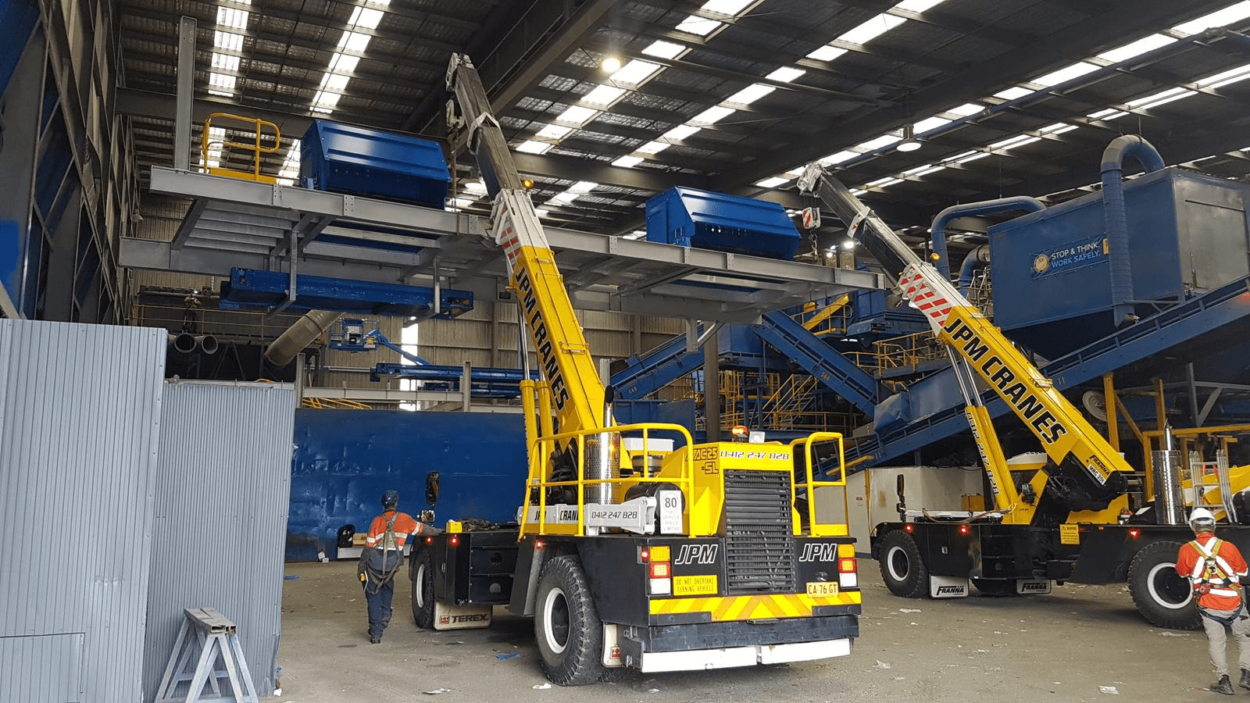
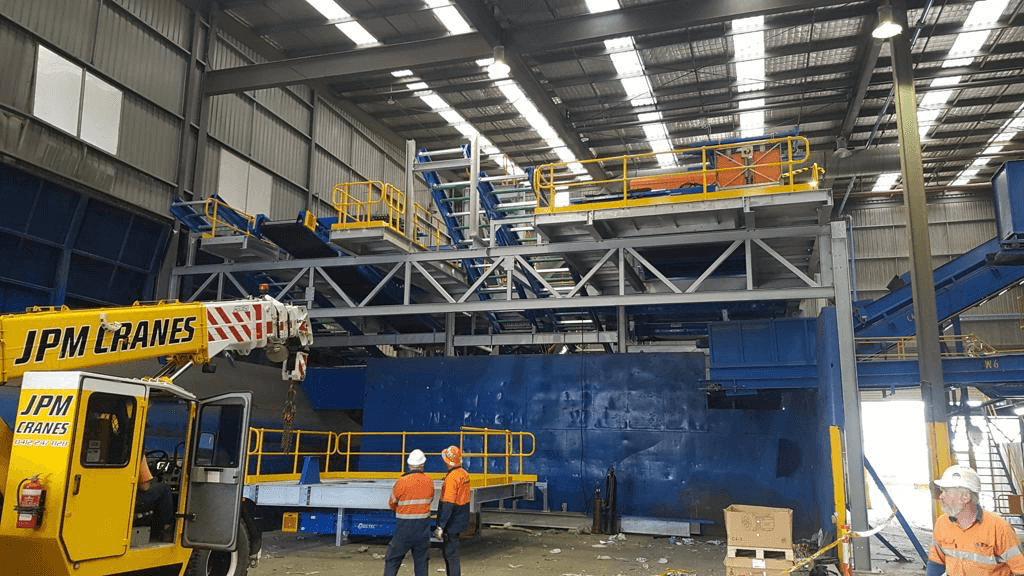
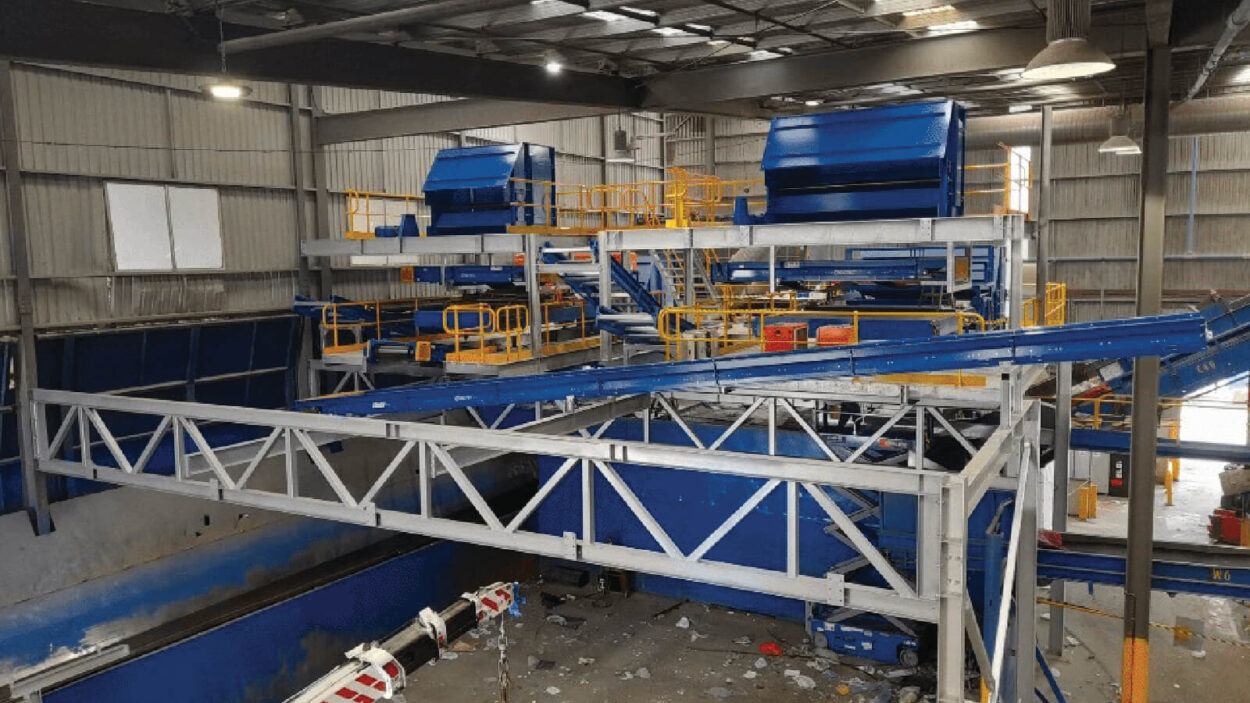
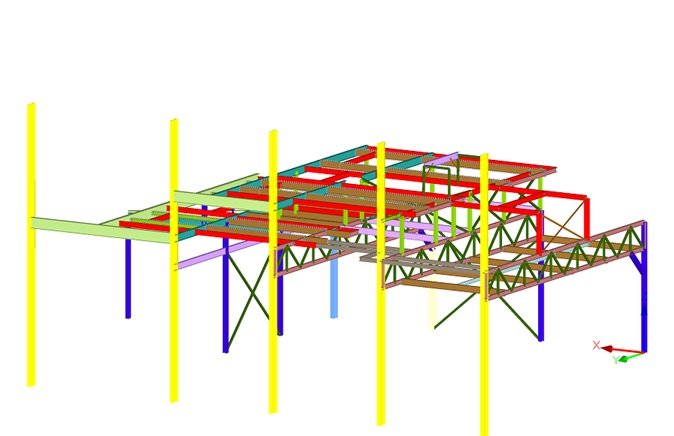
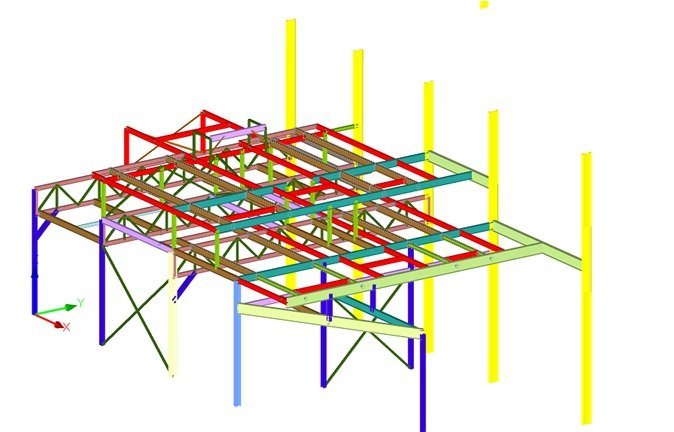
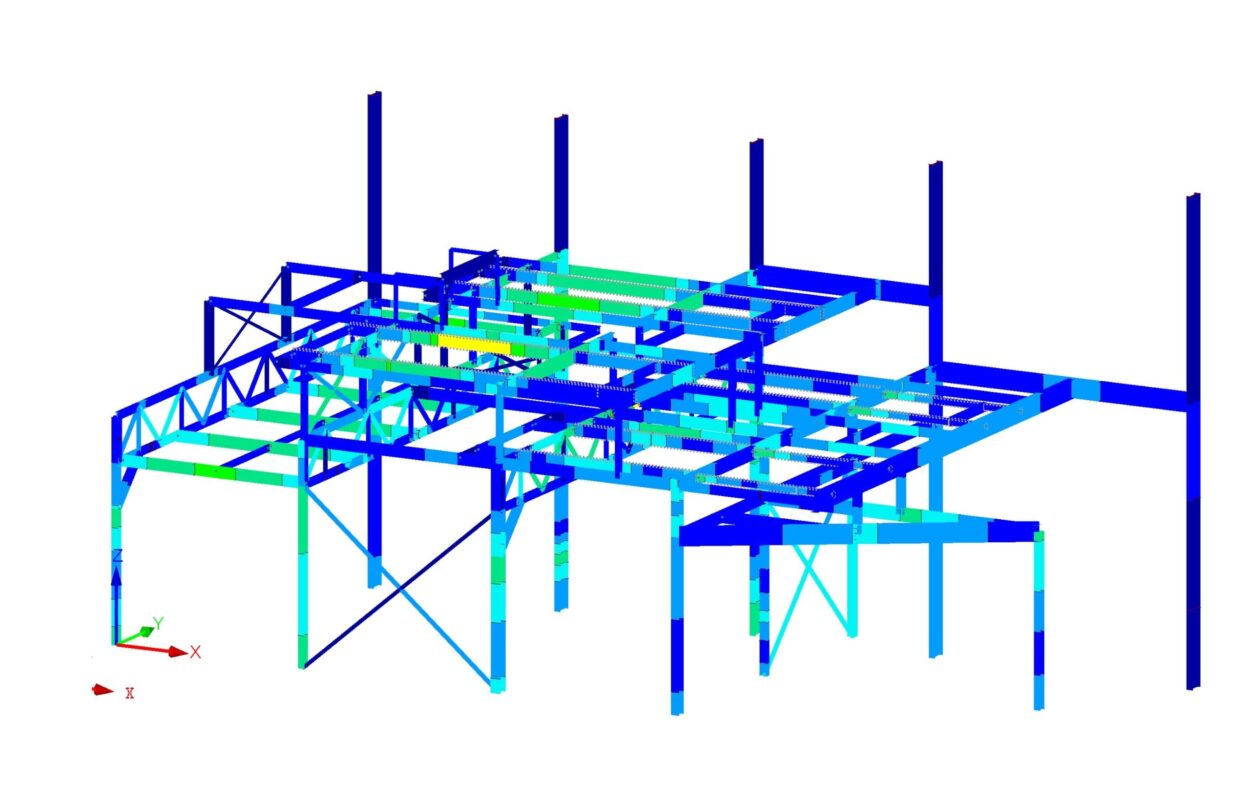
The Challenges
The client wanted us to optimize the structural members that support the waste handling machines for the proposed structure. Unique to this project was that there were geometrical constraints to placing the structural members, because the existing infrastructure was near the upgraded section of the plant.
The Solution
At Mincka we always start a project by understanding the engineering problem, so we asked for the operational parameters; material bulk density, conveyors’ speed and dimensions, as well as how the machinery operates. Since these are existing facilities, we were also able to get access to geotechnical information and as-built drawings. Once all of the physical limitations of the structure were identified, we proceeded with the global geometry of the structure via CAD and point cloud data. We then created a Structural Model of the Asset. We applied the load cases and load combination into our structural model, based on relevant standards including AS1170.0 AS1170.1 AS1170.2 AS1170.4. We then checked the internal loads of each member to make sure that the model was coherent.
We iterated a number of different sized steel members to optimize the solution in terms of strength, cost, and serviceability. In addition, we checked the dynamic response of the structure under operational conditions, including the vibration of the machine, in order to prevent undesirable outcomes.
The Impact
- We provided valuable insights and identified the optimal cross-section for the steel members, as well as the ideal width and topology for the truss support, which resulted in a significant reduction in the customer’s fabrication costs.
- We enhanced the lateral strength of the structure with the addition of cross-bracing and knee braces in critical spots, ensuring proper operation.
- Recommendations provided resulted in the optimum solution, that was both the most practical and the most economical.


